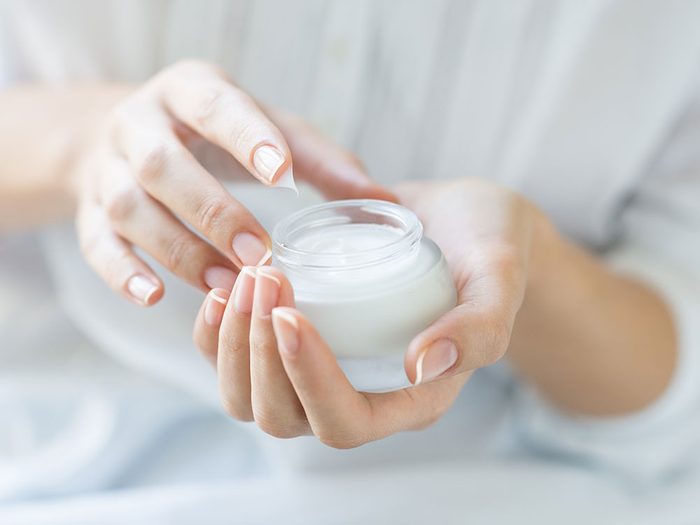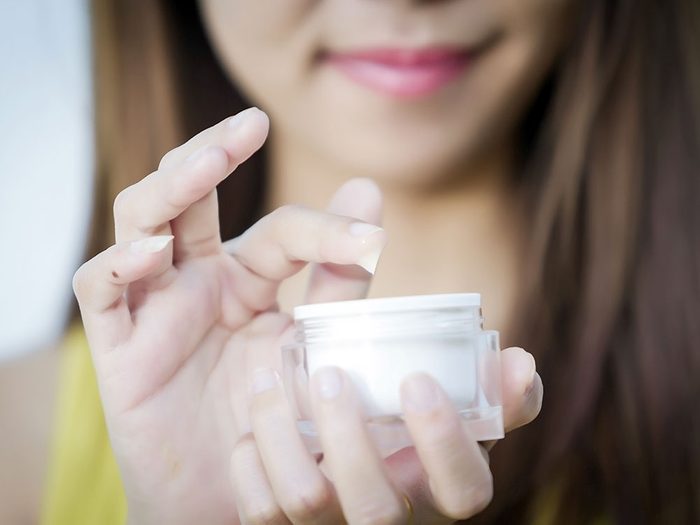
1. Exfoliate Every Day
Exfoliating your skin regularly is an effective way to rid the skin of dead cells, which tend to be dry and coarse. Plus, it allows moisturizer to penetrate the skin better. Exfoliation promotes cellular renewal by allowing new, moist skin cells to surface. The new cells are deeply penetrated with moisture so they will help keep your skin hydrated longer.

2. Moisturize
Using a daily moisturizer that contains ingredients such as vitamin E, shea butter or any other natural moisturizing element will keep your skin from feeling the effects of winter. These natural ingredients are among the least expensive on the market and they help preserve moisture all day long since they are made up of the essential fatty acids our bodies need.

3. Apply a Hydrating Night Cream for the Face
If you have uncomfortably dry skin, you may want to consider using a targeted night cream for your face. Night creams are made with reparative and regenerating ingredients, like avocado oil, that penetrate the skin slowly while you sleep and moisturize deep down below the surface for lasting moisture the next day.

4. Wear a Scarf
The harsh chill of winter can cause windburn, which will dry out your skin and can irritate it as well. The best way to protect your skin from the blistering cold is to keep it covered: wrap your neck, chin and cheeks in a warm scarf and wear a hat or hood to protect your forehead.

5. Drink Water
Hydration starts from the inside out. If you want to make sure your skin is hydrated, your body must be hydrated, too. According to Canada’s Food Guide, you should consume about 30 to 45 mL (2 to 3 tbsp.) of unsaturated fats and oils each day and you should aim for about 9 to 13 cups of water.